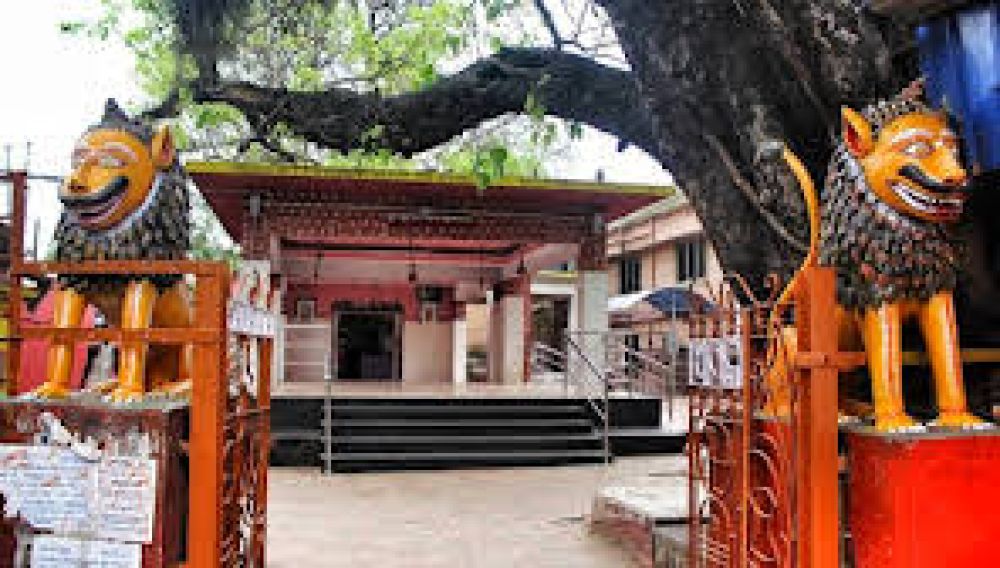

The Maa Ambika Temple, located in Baripada, Odisha, is a significant shrine and a beacon of spirituality in Eastern India. This temple is dedicated to the worship of Goddess Ambika, a manifestation of Goddess Durga. Over the years, it has become not just a center for religious activity, but also a prominent tourist destination. Here, we delve into the history of tourism at Maa Ambika Temple and the latest trends that are shaping the experience for visitors.
Religious Significance: The inception of the Maa Ambika Temple's popularity lies in its religious significance. It is believed that the temple has been a sacred site for many centuries, attracting devotees from various parts of the state and neighboring areas.
Historical Patronage: The temple's history is intertwined with the royal family of Mayurbhanj, which has historically been known to patronize the temple. The temple has been refurbished and maintained under their aegis, inviting more tourists to this historical site.
Architectural Marvel: The temple's arresting architecture, reflecting the style of Kalinga temple architecture, has been a substantial draw for those interested in historical and architectural tourism.
In recent times, there have been several developments to improve tourist experience at the Maa Ambika Temple:
Eco-Tourism: A broader trend observed around Baripada and the Maa Ambika Temple area is the rise of eco-tourism. The rich natural reserves around the region, including the Similipal National Park, serve as additional tourist attractions.
Spiritual Tourism: An increasing number of tourists are choosing to embark on spiritual and wellness tours, which include visits to the Maa Ambika Temple as part of their itineraries.
Cultural Experiences: Tourist preferences have evolved to seek immersive cultural experiences. Participation in local festivals and understanding the rituals are becoming part of the travel experience.
Maa Ambika Temple remains one of the jewels in the crown of Odisha's rich cultural heritage. With continued efforts to improve its accessibility and tourist facilities, this temple continues to be a magnetic site that encapsulates the essence of religious fervor, architectural grandeur, and cultural vitality.